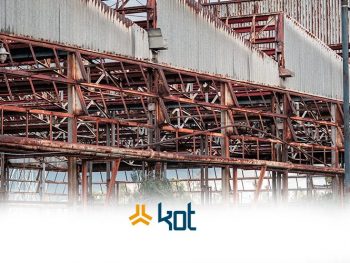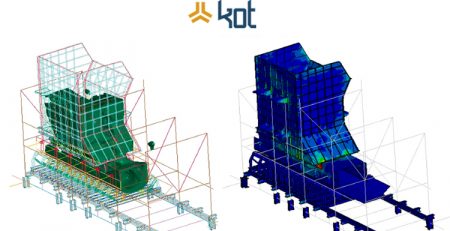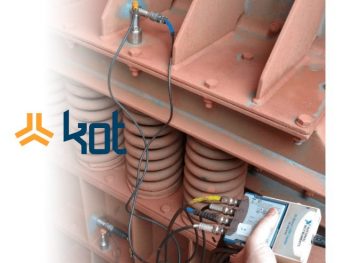FEA versus FEM: Which term should you use?
Controversial in nature, the differences between FEA and FEM relies on the source, author, and market authority; thus, there are several answers to the question: FEA versus FEM, which one is the most suitable term? Initially, it is important to understand the origin of the terms:
-FEM is the acronym for Finite Element Method and
-FEA the acronym for Finite Element Analysis.
According to Siemens [1], “The Finite Element Analysis (FEA) regards the modelling of products and systems in a virtual environment aiming at locating and solving potential (or current) structural or performance issues. As stated by SIMSCALE’s [2]: “The Finite Elements Method (FEM) is a number-based technique used to accomplish the Finite Elements Analysis (FEA) of any physical phenomena”. Another interesting definition comes from the IEEE (Institute of Electrical and Electronic Engineers) [3] which states: “FEA is a virtual modelo which assists engineers to fulfill experiments with a specific structural project, usually using a software as a tool. Together FEA and the underlying math proposed by FEM are used to predict the structural behavior and the reliability of a project”.
FEA is used in real and complex engineering cases in which a virtual environment is required and simulated to avoid prototyping and experimentation costs. In some situations, prototyping might render the whole project impractical. In some situations, this preliminary analysis of a new project can present improvement points or indicate that a specific project could potentially present issues, failure, which in turn can require harsher and more expensive interventions. Regardless, in comparison with the creation of the physical model, the time and resources spared are remarkable.
Siemens [1] would yet complement the argument adding that “FEA is a practical application of the Finite Elements Method (FEM), mostly used by scientists and engineers to mathematically model and numerically solve complex structural multi-physical and fluids problems.”On the other hand, the Autodesk [4] bases its principle as “FEA is a computerized method for the prediction of how a product reacts to surrounding conditions (charges, vibrations, heat, fluid flow and other physical effects). In practice, the analysis of finite elements enables the investigation of a potentially failing asset, wear out or it will fulfill its requirements”.
Following these presented concepts, FEA can be considered a theoretical application, a foundation and a methodology developed by academic knowledge of the method, that is, FEM (Finite Element Method).
On the other hand, some professionals are certain that FEA is, put simply, a fairly more popular term in the industry, whilst FEM is the preferred university term. Agreeing to said statement, the publication Practical Aspects of Finite Element Analysis of Altair [5] explains that both terms refer to the same concept, FEA being mostly used in the industry and FEM academically.
FEM is one of the most commonly used methods at KOT Engineering since its foundation- 27 years ago. These applications, by FEA, might be through distortion (linear or nonlinear), through loading (static or dynamic), by area (structures, thermic, fluids) or focused on specific failure behaviors (flaming, metal fatigue, etc.).
For the use of the methodology, it is essential to have the best and most appropriate tools on the market and a trained technical team, in which professionals have solid knowledge of the disciplines involved in the analysis and know how to use mathematics for solving engineering problems. Regardless if the research is for FEM or FEA, or if the final application is within civil or mechanical engineering, KOT stands out in the national and international markets through its high-end technical engineering service offering to big enterprises.
Get in touch with KOT’s specialists team!

Aender Ferreira
Mechanical Technician from CEFET-MG, Mechanical / Aeronautical Engineer from UFMG and Master in mechanical projects from the same university. Before graduation, he had experiences in the mining, maintenance, project design, experimental engineering and automotive industries. As an Engineer, he started his career in the maintenance sector performing calculus activities for fatigue in aeronautical components and structures. Subsequently, he was invited to compose the Board of Directors of KOT Engineering, working in the commercial sector of the company, helding the position for almost 15 years.
References:
[1] Siemens. Análises de Elementos Finitos (FEA). Available at: <https://www.plm.automation.siemens.com/global/pt/our-story/glossary/finite-element-analysis-fea/13173>. (Accessed: 20/10/ 2020).
[2] Simscale. Finite Element Method – What Is It? FEM and FEA Explained. Available at: <https://www.simscale.com/blog/2016/10/what-is-finite-element-method/>. (Accessed: 03/12/ 2020).
[3] IEEE. Innovation at work. How the Finite Element Method (FEM) and Finite Element Analysis (FEA) Work Together. Available at: <https://innovationatwork.ieee.org/how-the-finite-element-method-fem-and-finite-element-analysis-fea-work-together/>. (Accessed: 03/12/ 2020).
[4] Autodesk. Finite Element Analysis Software (FEA software). Available at: <https://www.autodesk.com/solutions/finite-element-analysis?geoNavigationPreferredSite=US>. (Accessed:07/12 2020).
[5] Altair University.Practical Aspects of Finite Element Analysis. (2019)












Leave a Reply